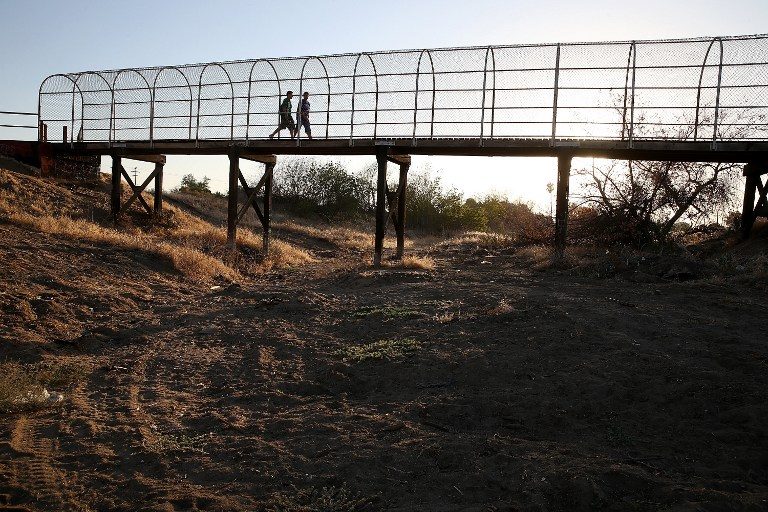SUMMARY
This is AI generated summarization, which may have errors. For context, always refer to the full article.

MIAMI, USA – California needs 11 trillion gallons of water to recover from its three-year drought, the US space agency said Tuesday, December 16, after studying water resources by using satellite data.
The first of its kind calculation of how much groundwater would end the drought was led by Jay Famiglietti of NASA’s Jet Propulsion Laboratory in Pasadena, California and based on observations from NASA’s Gravity Recovery and Climate Experiment satellites.
California has experienced rainstorms in recent days but, while welcome, scientists warn that they are not enough to end the drought.
“It takes years to get into a drought of this severity, and it will likely take many more big storms, and years, to crawl out of it,” said Famiglietti.
“Spaceborne and airborne measurements of Earth’s changing shape, surface height and gravity field now allow us to measure and analyze key features of droughts better than ever before, including determining precisely when they begin and end and what their magnitude is at any moment in time.
“That’s an incredible advance and something that would be impossible using only ground-based observations.”
The more than 40-trillion-liter volume is a huge quantity of water, larger, for example, than the total amount held behind China’s historic Three Gorges Dam.
The entire southwestern United States is far drier than normal, with groundwater levels across the region in the lowest two to 10 percent since 1949, scientists said.
Meanwhile, other NASA satellite data showed that so far this year, the snowpack in California’s Sierra Nevada range is only half previous estimates.
“The 2014 snowpack was one of the three lowest on record and the worst since 1977, when California’s population was half what it is now,” said Airborne Snow Observatory principal investigator Tom Painter.
“Besides resulting in less snow water, the dramatic reduction in snow extent contributes to warming our climate by allowing the ground to absorb more sunlight.
“This reduces soil moisture, which makes it harder to get water from the snow into reservoirs once it does start snowing again.” – Rappler.com
Add a comment
How does this make you feel?
There are no comments yet. Add your comment to start the conversation.